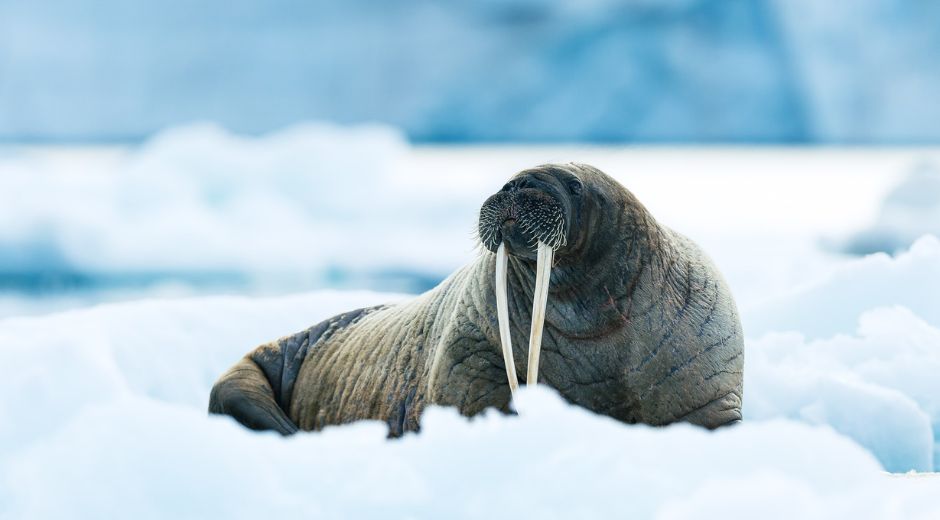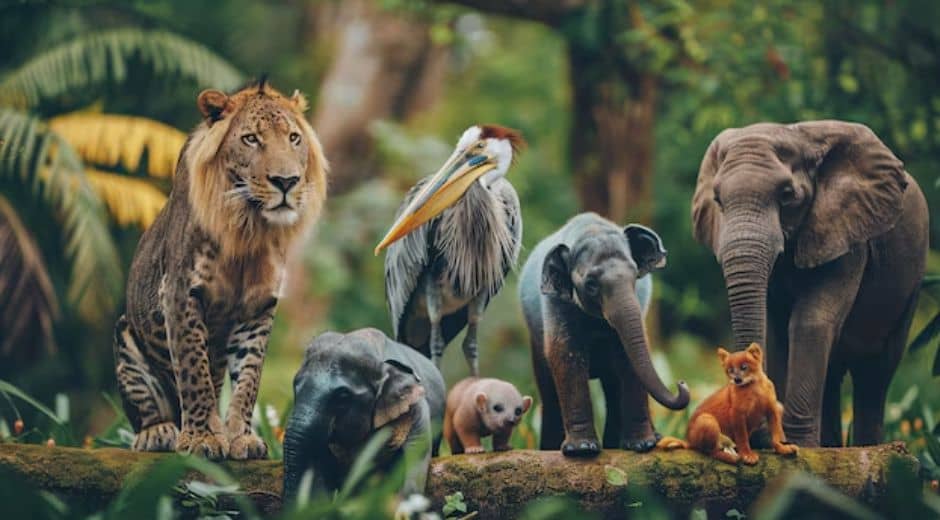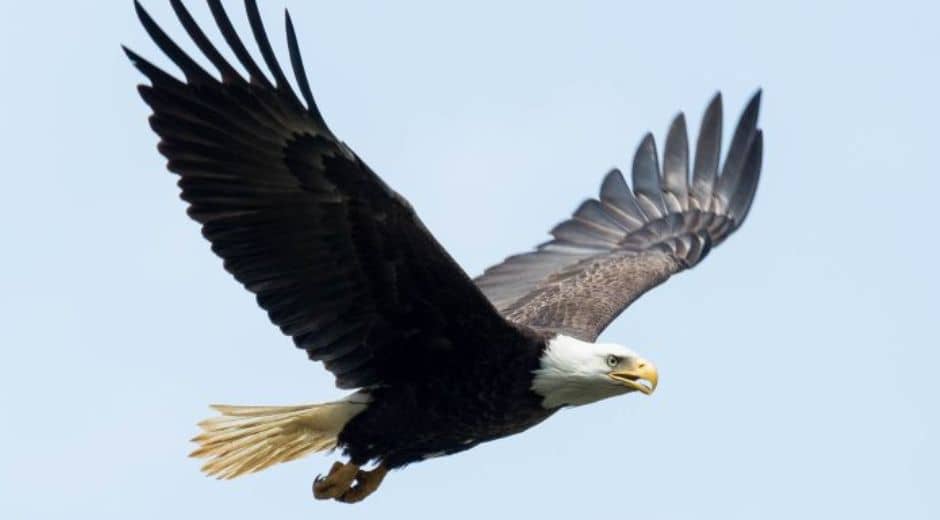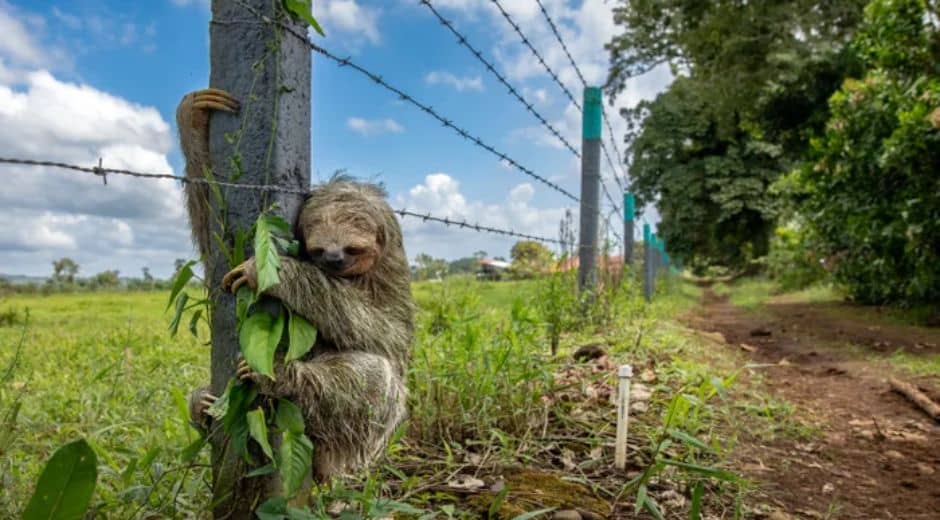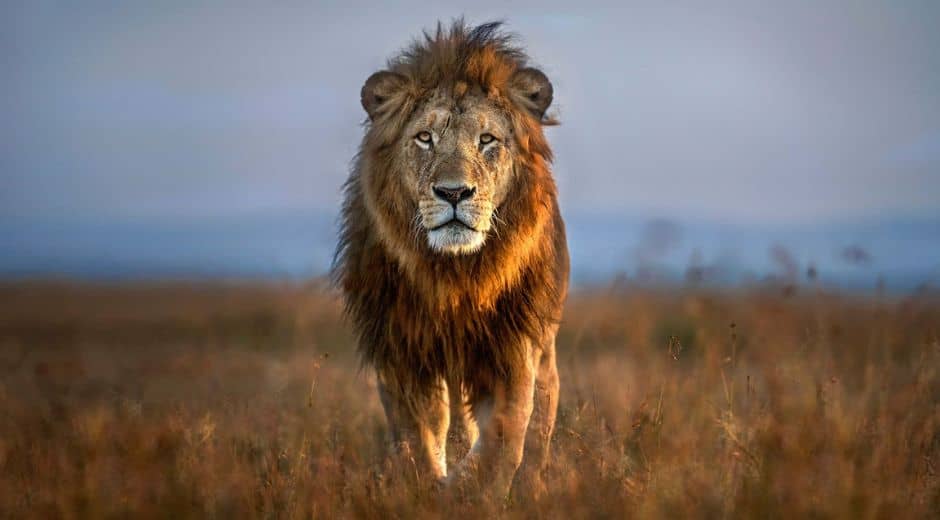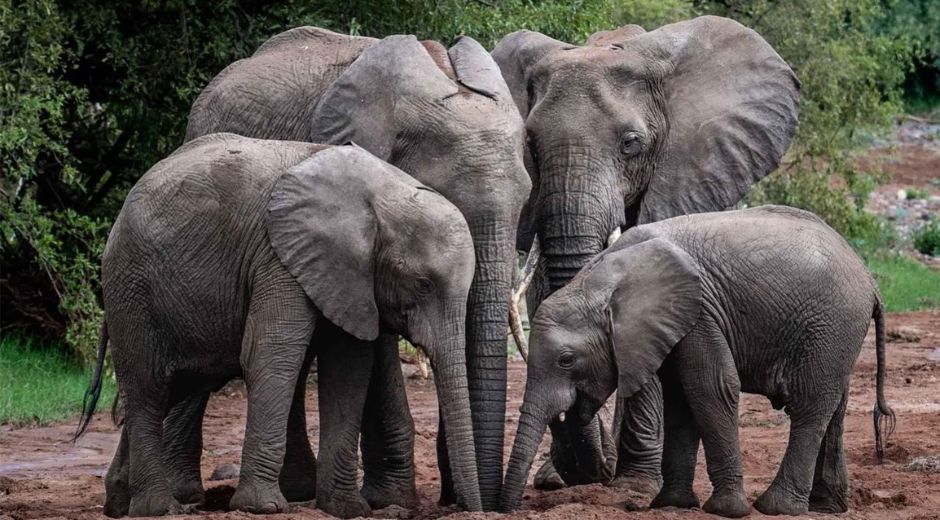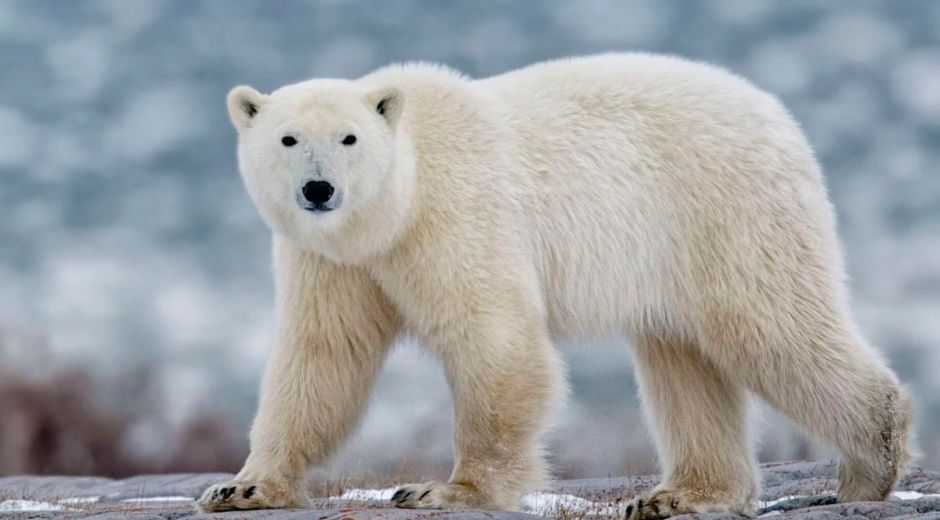9 Mysterious Creatures Hidden in the Arctic Wilderness
9 Mysterious Creatures Hidden in the Arctic Wilderness
The Arctic wilderness is home to some of the planet’s most extraordinary and mysterious creatures. Despite the harsh, icy environment and extreme weather conditions, these remarkable animals have evolved unique adaptations to survive. From elusive predators to hidden herbivores, the Arctic is a treasure trove of wildlife wonders. These Animals not only fascinate scientists and explorers but also inspire curiosity and respect for the delicate balance of nature in extreme environments.
1. Polar Bears
Polar bears are the iconic rulers of the Arctic, perfectly adapted to freezing temperatures, drifting ice, and hunting challenges. These powerful predators are not only fascinating in behavior but also critical to the Arctic ecosystem’s balance. Polar bears rely on thick fur, strong swimming skills, and sharp hunting instincts to survive in the harshest conditions. Polar bears are among the most studied Arctic creatures, and their survival depends on healthy sea ice habitats and sustainable conservation efforts. For more detailed insights into polar bear ecology, explore National Geographic.
2. Arctic Foxes
Arctic foxes are small yet resilient animals known for their ability to survive blizzards, extreme cold, and scarce food. These Animals change fur color seasonally, blending seamlessly into snowy landscapes in winter and tundra hues in summer to hide from predators. Arctic foxes’ clever hunting strategies, scavenging habits, and social interactions make them some of the most resourceful and intriguing creatures in the frozen wilderness, demonstrating the remarkable adaptability of Arctic wildlife in extreme conditions.
3. Narwhals
Narwhals, often called the unicorns of the sea, are elusive marine Animals with long, spiral tusks that can grow several feet. These mysterious Arctic inhabitants navigate icy waters in pods, using sophisticated sonar to communicate and locate prey, while avoiding predators like orcas. Narwhals’ elusive nature, unusual appearance, and mysterious behaviors make them some of the most fascinating and iconic creatures of the Arctic region, drawing attention from scientists, wildlife enthusiasts, and explorers alike who wish to study them closely.
4. Walruses
Walruses are massive creatures with impressive tusks, whiskers, and thick blubber, allowing them to forage efficiently on the ocean floor and survive frigid Arctic waters. These social animals congregate in large herds on ice floes, demonstrating complex social behavior and group coordination. Walruses play an essential role in Arctic ecosystems, and their behaviors, population dynamics, and survival strategies make them one of the most studied and captivating Arctic Animals in marine biology research.
5. Use Organic Fertilizers
Snowy owls are striking birds of prey that thrive in the Arctic tundra, known for their brilliant white feathers and keen hunting skills. Their coloration provides perfect camouflage against snow, making them stealthy predators and careful hunters. These Animals feed primarily on small mammals and demonstrate remarkable intelligence, adaptability, and resilience to extreme weather. Snowy owls exemplify the fascinating diversity of Arctic wildlife, showing how specialized adaptations allow creatures to survive and even thrive in harsh, icy environments.
6. Arctic Hares
Arctic hares are hardy Animals with thick fur, powerful hind legs, and sharp senses, allowing them to survive extreme cold and evade predators efficiently. These herbivores feed on tundra vegetation, shrubs, and woody plants, adapting their diets to seasonal availability. Observing Arctic hares in their natural habitat offers insight into the survival strategies of Arctic creatures and highlights how even small animals contribute to the delicate balance of life in the frozen wilderness, ensuring ecosystem stability across the region.
7. Beluga Whales
Beluga whales are social, vocal Animals inhabiting Arctic waters, known for their distinctive white color and complex communication skills. These marine mammals live in pods, migrate seasonally, and exhibit highly adaptable behaviors that allow them to survive icy conditions. Belugas’ cooperative hunting techniques, playful nature, and adaptability to freezing waters highlight the intelligence and resilience of Arctic creatures, capturing the fascination of marine biologists, conservationists, and wildlife photographers documenting life in the polar seas.
8. Musk Oxen
Musk oxen are large, shaggy creatures perfectly adapted to Arctic tundra life, with thick coats, sturdy hooves, and communal behaviors that help them survive harsh winters. Their ability to form defensive circles against predators, conserve heat, and maintain energy illustrates remarkable survival strategies. These animals are living examples of how Arctic Animals develop unique adaptations, contributing to biodiversity, ecosystem balance, and inspiring researchers to study their behavior, evolution, and interactions with the extreme Arctic environment.
9. Arctic Cod
Arctic cod are small but vital Animals forming the foundation of Arctic marine food chains, supporting larger predators like seals, seabirds, and whales. They thrive in icy waters with limited resources, demonstrating extraordinary adaptability and resilience. Arctic cod exemplify how even the tiniest creatures play a crucial role in sustaining the Arctic ecosystem, as discussed on fixolix. These hardy fish highlight the importance of all Animals in maintaining balance and survival in the polar environmen
Conclusion: Discover More About Arctic Creatures
The Arctic is full of hidden wonders, and these creatures offer just a glimpse of the region’s incredible biodiversity, adaptations, and survival strategies. Observing them provides insight, inspiration, and knowledge for conservation efforts worldwide. To explore more about Arctic wildlife, rare species, and their fascinating habits, visit BioNatureVista and continue your journey into the natural world.
Nature Inspires Every Step
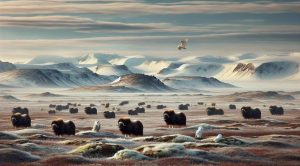
How Tundra Wildlife Survives Extreme Arctic Conditions
How Tundra Wildlife Survives Extreme Arctic Conditions

Life Above the Trees: Exploring the Rainforest Canopy
Life Above the Trees: Exploring the Rainforest Canopy
